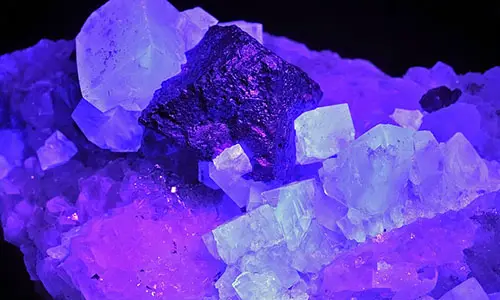Fluorine is an element that is part of the halogen family along with chlorine and iodine among others. This element is considered the lightest of all halogens and first discovered and isolated by Henri Moissan, a French scientist, back in 1886. Fluorine has various distinct properties and these facts are among them:
Fact 1: Fluorine is the most powerful element in terms of electro-negativity. When mixed with fluorine, the electrons of the other elements will be attracted towards fluorine ions and there increasing further its negative electric charge.
Fact 2: Fluorine is also regarded as the most reactive element there is on the planet. Handling this element must be dealt with extreme caution because it can lead to very vigorous reactions with other elements like metals and hydrogen for example.
Fact 3: Early attempts of isolating fluorine caused major accidents and even death among scientists. Its highly reactive and volatile nature makes fluorine very difficult to handle. Some scientists were reported to have been blinded by their isolation attempts and experiments with some incidents resulting to death. Many of these scientists started with the use of hydrofluoric acid and failed in isolating fluorine because of its highly reactive properties.
Fact 4: Fluorine can be naturally found in its crystallized form. Referred to as fluorite or calcium fluoride, this element can be found in parts of California and Alaska in the US, and Argentina in the Southern American continent.
Fact 5: Burning of fluorine will result to a very bright flame. In its gas form, fluorine can easily react with other elements to produce a brightly-colored flame. The original gas form is pale yellow but will turn brighter when transformed into flames.
Fact 6: Fluorine is a common ingredient in the making of uranium which is used for nuclear projects. Fluorine basically contributes to the energy required in uranium by means of its high electro-negativity and high reactivity. Large quantities of fluorine were produced during the World War because of its extensive use in the making of nuclear plants and weaponry.
Fact 7: Commercial use of fluorine includes the etching of glass elements. The same element in safe and stable amounts is also used in the manufacture of light bulbs. High-temperature types of plastic are also manufactured with the help of fluorine. These commercial uses were only considered after the element’s use in nuclear weapons during World War II.
Fact 8: Fluorine’s high electron affinity and high energy content also makes it a useful element in rocket propulsion technology. The element’s extremely high value for specific impulse makes it ideal for rocket propellants and similar projects.
Fact 9: Fluorine found in hydrofluoric acid can help dissolve glass. This process is made simple and quick because of fluorine’s high reactivity to glass and similar elements and substances.
Fact 10: Very high amounts of fluorine absorbed through the skin could be dangerous to human health. This is due to the disturbance in calcium ions that bind with the ions of this element. With this kind of disruption, normal calcium metabolism will not be achieved and this may lead to possible illness.











Leave a Reply